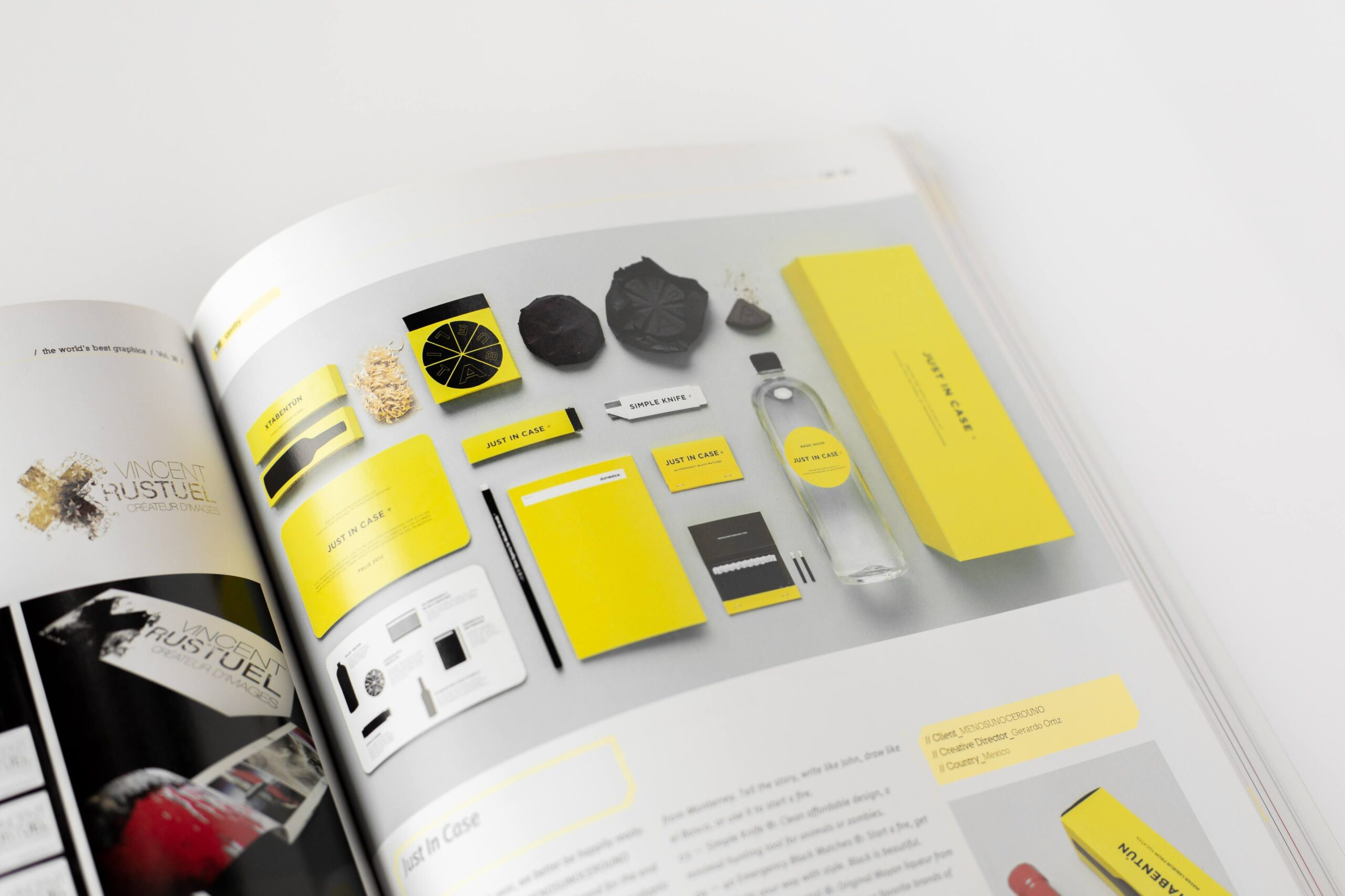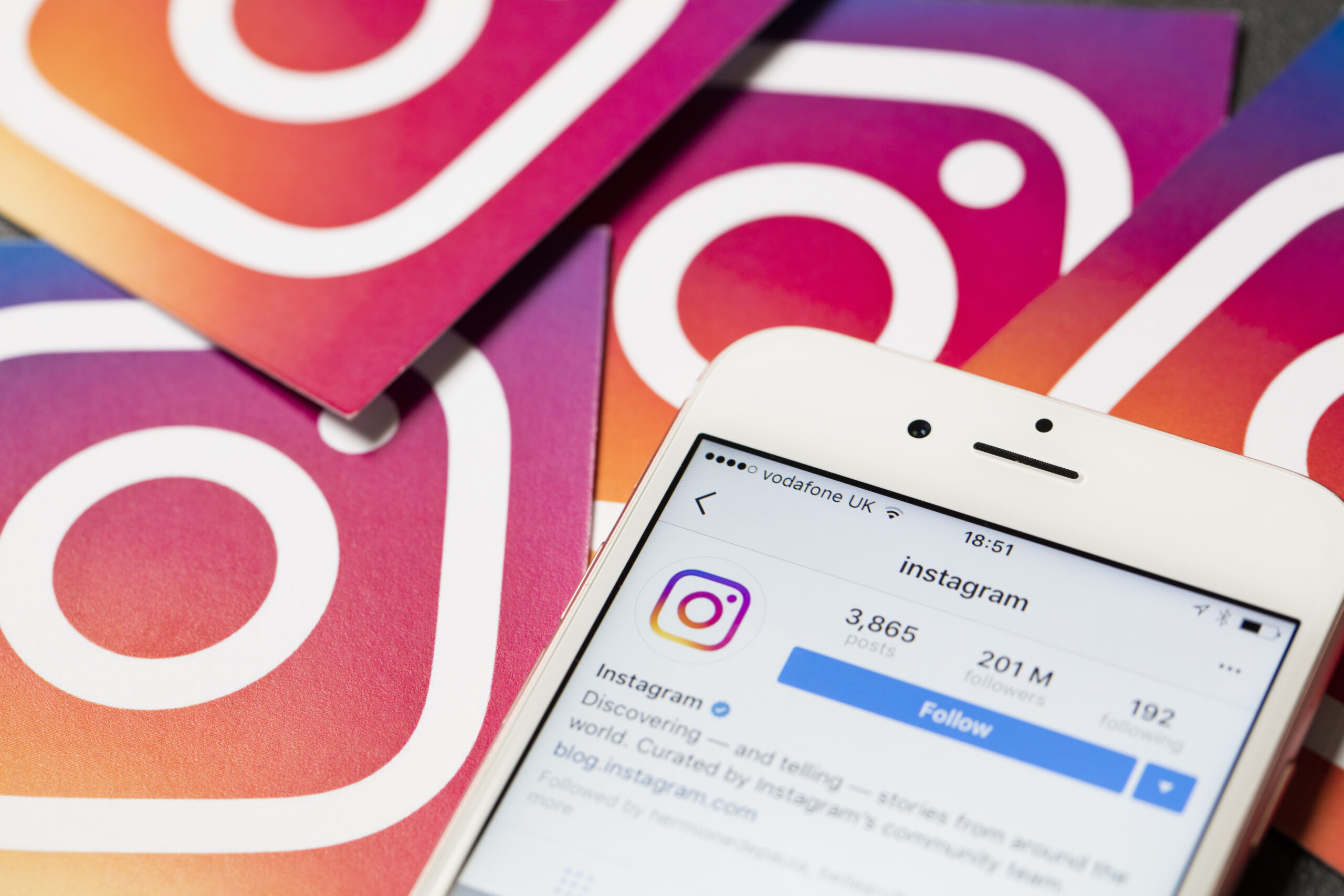6 Key Visual Elements for Brand Storytelling

Contents
Are you ready to dive into the exciting world of brand storytelling?
First things first, let’s talk about what we mean by brand storytelling. Basically, it’s like telling a really cool story, but instead of focusing on characters and plot twists, we’re talking about a brand. It’s a way to make people feel connected to a brand and understand its personality and values.
But wait, there’s more! You can’t just tell any old story and expect people to care.
That’s where visual elements come in. They’re like the secret sauce that makes your brand’s story pop.
Think of it like this: imagine you’re telling a story to a bunch of kids.

Sure, your words might be entertaining, but it’s the illustrations that really bring the story to life and capture their imaginations.
That’s what visual elements do for brand storytelling.
Importance of visual elements in brand storytelling
Visual elements play a crucial role in creating a language that can instantly catch people’s attention. They help you create a visual language that makes people sit up and take notice.
It’s like when you’re scrolling through your social media feed and a particular post or ad grabs your attention because it has an eye-catching logo, a striking color palette, or a captivating image.

But it’s not just about making things look pretty (although that’s definitely a bonus!).
Visual elements can also help you communicate complex ideas and emotions in a way that words can’t.
For example, you can use color to evoke certain feelings, or imagery to showcase your product in action.
They can also be used to convey complex ideas and emotions that words alone might struggle to communicate. For instance, certain colors can elicit specific emotions in people.
Red might evoke passion or excitement, while blue might convey a sense of calm or trustworthiness. And imagery can help to showcase your products in action, giving potential customers a better sense of what they can expect.
They take your story from “meh” to “wowza!” and make it a tale that people will remember and want to share.
Visual elements can help your brand communicate your values, your personality, and your unique selling proposition in a way that is both memorable and shareable.
These elements help to create a visual identity for your brand that can make it stand out from the rest.
But visual elements aren’t just about aesthetics.
Whether you’re designing a logo, choosing a color scheme, or selecting the perfect images for your marketing campaign, don’t overlook the power of visual elements in telling your brand’s story.
They can be the cherry on top that takes your brand’s story from forgettable to unforgettable.
List of 6 Essential Visual Elements for Brand Storytelling
Logo
When it comes to visual elements in brand storytelling, there are a few key players that you absolutely need in your arsenal. And the first one is the logo.
Your logo is like the superhero cape of your brand. It’s the thing that people see and immediately think of your brand. That’s why it’s super important to have a strong logo that accurately reflects your brand’s personality and values.
Think about it: when you see the Nike swoosh or the golden arches of McDonald’s, you immediately know what brand they represent. That’s the kind of recognition you want for your own logo.
But it’s not just about recognition. Your logo can also play a huge role in telling your brand’s story.

More logos like these on Logo Maker Shop
For example, if your brand is all about eco-friendliness, you might use a logo with green colors and natural imagery to communicate that.
And there are plenty of other brands out there doing the logo game right.
Think of the Apple logo, with its simple, sleek design that communicates the brand’s focus on innovation and cutting-edge technology. Or the Coca-Cola logo, with its classic red and white color scheme that evokes feelings of nostalgia and happiness.
So if you want to tell a great brand story, start with a killer logo that represents your brand and speaks to your audience. Because trust us, a strong logo is worth its weight in gold (or at least, in brand recognition!).
Colors
Why is color so important, you ask? Well, for one thing, different colors can evoke different emotions and associations. For example, red can be associated with passion, excitement, and energy, while blue might be associated with trust, reliability, and calmness.
By using colors strategically, you can communicate your brand’s personality and values in a way that words can’t.
But color isn’t just about emotions.

It can also help you create a cohesive visual identity that makes your brand instantly recognizable.
Think of the bright, bold colors of the Airbnb brand, or the playful, pastel hues of Glossier.
These brands have used color to create a distinct visual language that sets them apart from their competitors.
And there are plenty of other brands out there that are killing it with color.
The green and white of Starbucks, the purple and orange of Fanta, the red and yellow of McDonald’s…these are all brands that have used color to create an instantly recognizable visual identity.

So if you want to tell a great brand story, don’t be afraid to play around with color.
Find hues that represent your brand and use them strategically to create a visual language that speaks to your audience. After all, a pop of color can go a long way in making your brand story stand out from the crowd!
Typography
Believe it or not, typography is a super important visual element when it comes to brand storytelling.
The font you choose can convey a lot about your brand’s personality and style. Are you all about modern minimalism?
Maybe a sleek sans-serif font is the way to go. Or maybe you’re all about that vintage vibe? In that case, a retro script font might be more up your alley.

But typography isn’t just about style. It’s also about legibility and readability.
After all, if your audience can’t read your messaging, what’s the point?
That’s why it’s important to choose a font that’s easy to read, even at smaller sizes.
And there are plenty of brands out there that have nailed the typography game.
Just look at the bold, blocky font of the Netflix logo, or the playful, handwritten style of the Coca-Cola font. These are both examples of fonts that effectively communicate the brand’s personality and values.
So if you want to tell a great brand story, don’t overlook the importance of typography.
Find a font that speaks to your brand and your audience, and use it consistently across all of your messaging.
Imagery
Imagery- the art of telling a story through pictures.
When it comes to brand storytelling, imagery is like the Robin to your Batman, the PB to your J,, the…you get the idea.
Why is imagery so important, you ask? Well, for one thing, it can help you convey complex ideas and emotions in a way that words can’t.
A picture is worth a thousand words, after all! Plus, imagery can help create a more immersive brand experience for your audience, drawing them in and engaging them on a deeper level.

But it’s not just about any old picture.
It’s about choosing images that are relevant, impactful, and consistent with your brand’s messaging.
Think of the iconic Apple ads with sleek, minimalist product photography, or the colorful, energetic imagery of Nike ads. These brands have used imagery to create a powerful visual identity that reinforces their brand story.
And there are plenty of other brands out there that are using imagery in creative and effective ways.
From the playful illustrations of Dropbox to the aspirational lifestyle photography of Airbnb, these brands know how to tell a story through pictures.
So if you want to tell a great brand story, don’t be afraid to get visual. Choose images that are meaningful, memorable, and in line with your brand’s values.
Because sometimes, a picture really is worth a thousand words!
Brand Voice
No, not like the voice in your head that tells you to eat all the chocolate (although that voice is pretty important too), but the way your brand speaks and communicates with your audience.

Why is brand voice so crucial for brand storytelling, you ask? Well, for one thing, it helps your audience connect with your brand on a personal level.
When your brand speaks in a way that resonates with your audience, it can help build trust and loyalty.
But it’s not just about being relatable. Your brand voice should also be consistent across all of your messaging, from your website copy to your social media posts.
That way, your audience knows exactly what to expect when they interact with your brand.
And there are plenty of brands out there that have nailed the brand voice game.
Just look at the irreverent, witty voice of Old Spice ads, or the helpful, informative tone of the Hubspot blog.
These brands know how to speak to their audience in a way that’s authentic, engaging, and on-brand.
So if you want to tell a great brand story, don’t forget about your brand voice.
Find a tone and style that reflects your brand’s personality and values, and use it consistently across all of your messaging.
Because when it comes to brand storytelling, the way you say it can be just as important as what you say!
Brand Storytelling Examples
Dollar Shave Club
Have you ever heard of Dollar Shave Club?
They’re the ones with the hilarious viral video that took the internet by storm. Their brand storytelling is all about humor and irreverence, poking fun at the traditional razor market and making shaving fun again.
The California Milk Processor Board
How about the iconic “Got Milk?” campaign?
The California Milk Processor Board used simple but powerful storytelling to make milk cool again. They showed how milk was the perfect addition to everyday moments, like a morning bowl of cereal or a warm cookie fresh from the oven.
Nike’s
And let’s not forget about Nike’s “Just Do It” slogan. It’s more than just a catchy tagline – it’s a call to action that inspires people to push their limits and achieve their goals. Their brand storytelling is all about empowering athletes of all levels to believe in themselves and go after their dreams.
These brands understand the power of storytelling and use it to connect with their audiences in a meaningful way.

They use visual elements, humor, emotion, and inspiration to create a brand story that people can’t help but remember and want to be a part of.
So next time you’re thinking about your brand’s story, take a cue from these brands and think about how you can connect with your audience on a deeper level through storytelling.
Wrapping It Up

Alright people, we’ve covered a lot of ground here today. Let’s do a quick recap of the Top 6 Essential Visual Elements for Brand Storytelling, just to make sure it’s all fresh in your minds.
- First up, we talked about the importance of having a strong logo that reflects your brand’s identity.
- Then, we dove into the world of color, and how choosing the right hues can help reinforce your brand’s messaging.
- We also chatted about typography, and how the right font can help create a consistent, recognizable brand identity.
- And of course, we can’t forget about imagery. We talked about how pictures can help tell a story in a way that words can’t, and how choosing the right visuals is key to creating a compelling brand story.
- Finally, we wrapped things up by talking about the importance of brand voice, and how finding the right tone and style can help your audience connect with your brand on a personal level.
Visuals help your audience understand who you are as a brand, what you stand for, and what sets you apart from the competition.
And as we look to the future of brand storytelling, these visual elements are only going to become more important.
With the rise of social media and other digital channels, brands have more opportunities than ever to connect with their audience on a visual level.
So, whether you’re a big brand or a small business, it’s important to invest in these visual elements to create a memorable and effective brand story.
Thanks for joining me today, and remember: when it comes to brand storytelling, a little visual flair can go a long way!

As our Chief SEO & Branding Strategist, Robert Ellison is a digital marketing visionary with over 25 years of experience transforming brands through smart, data-driven SEO and impactful storytelling. Known for his expertise in aligning technical SEO with authentic brand narratives, he leads our team in creating strategies that boost search rankings while building strong, sustainable brand identities. A trusted advisor and frequent industry speaker, Robert combines deep technical knowledge with creative insight, helping our clients not only reach the top of search results but also genuinely connect with their audiences.








